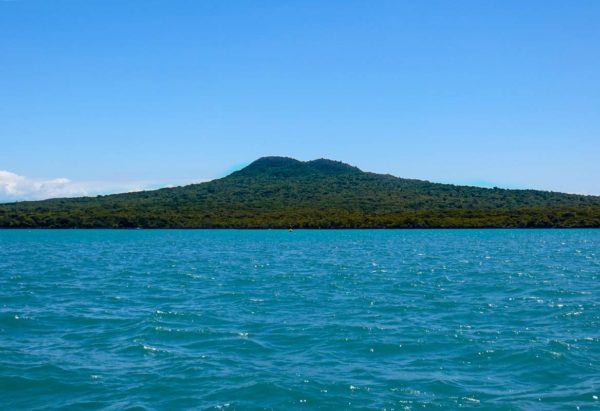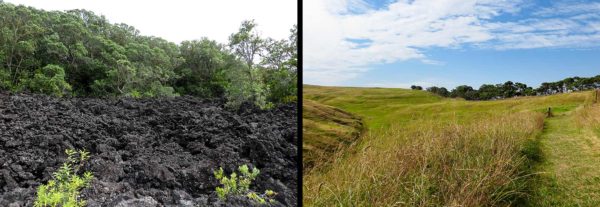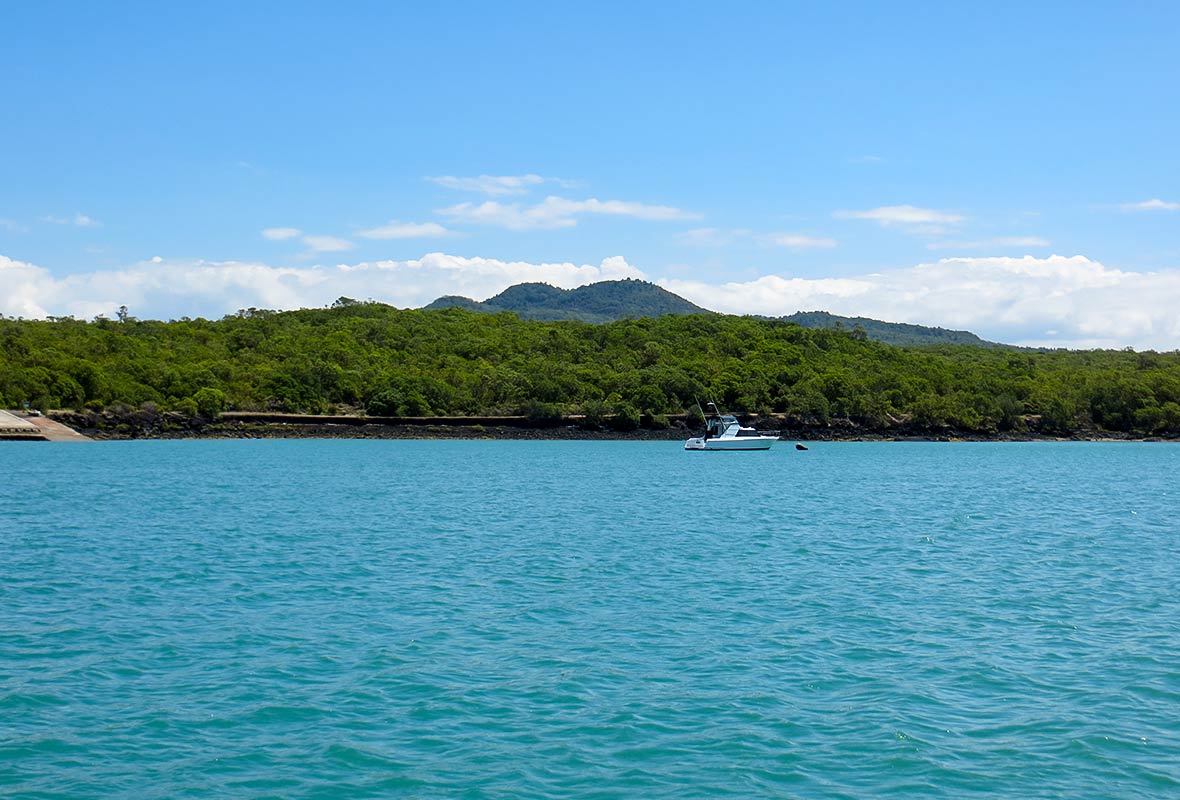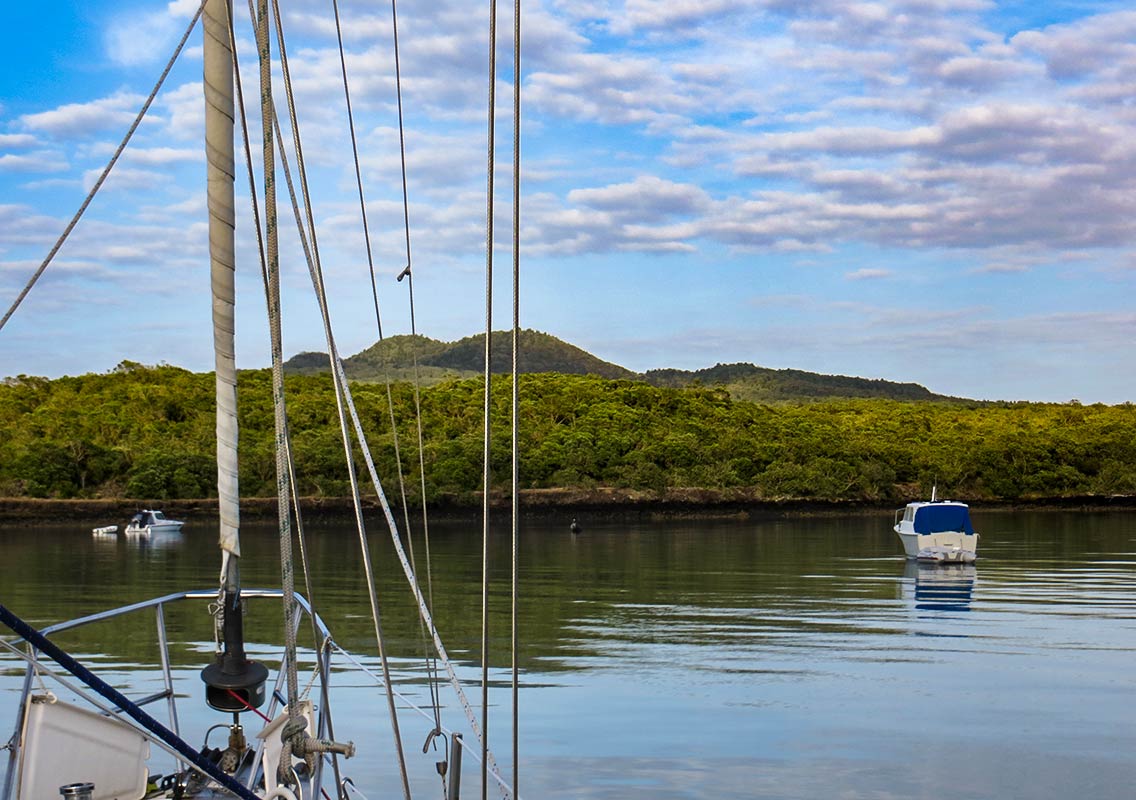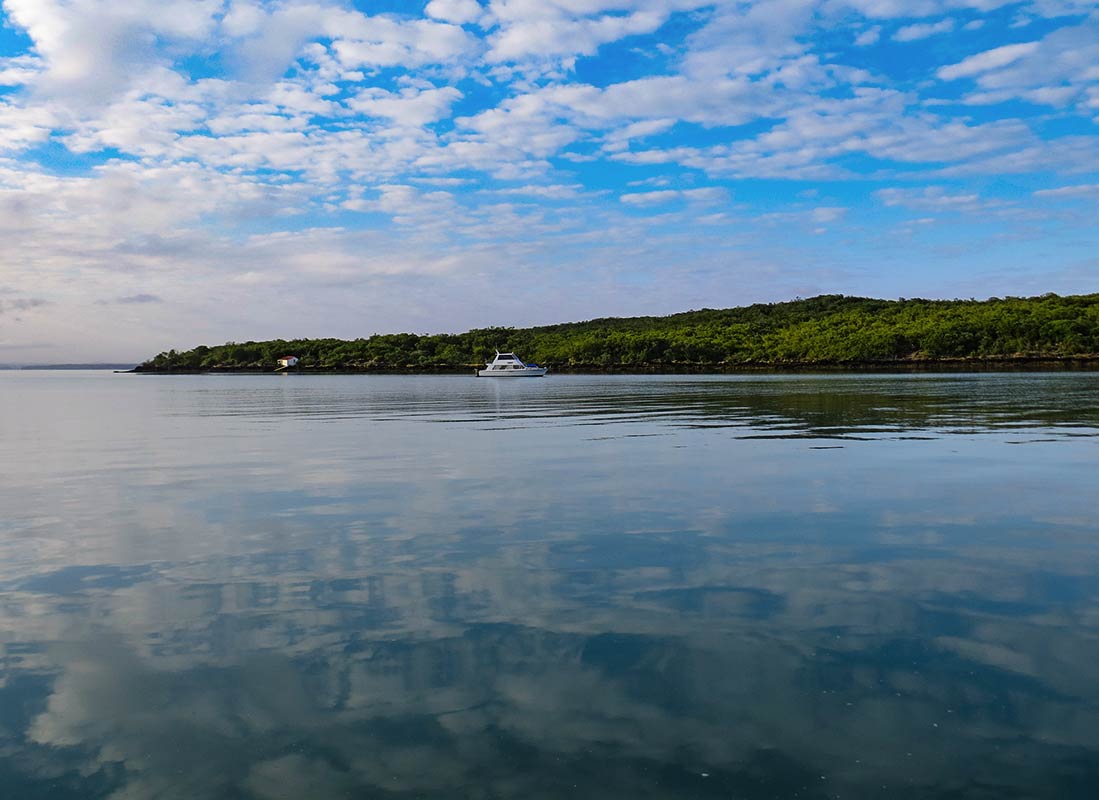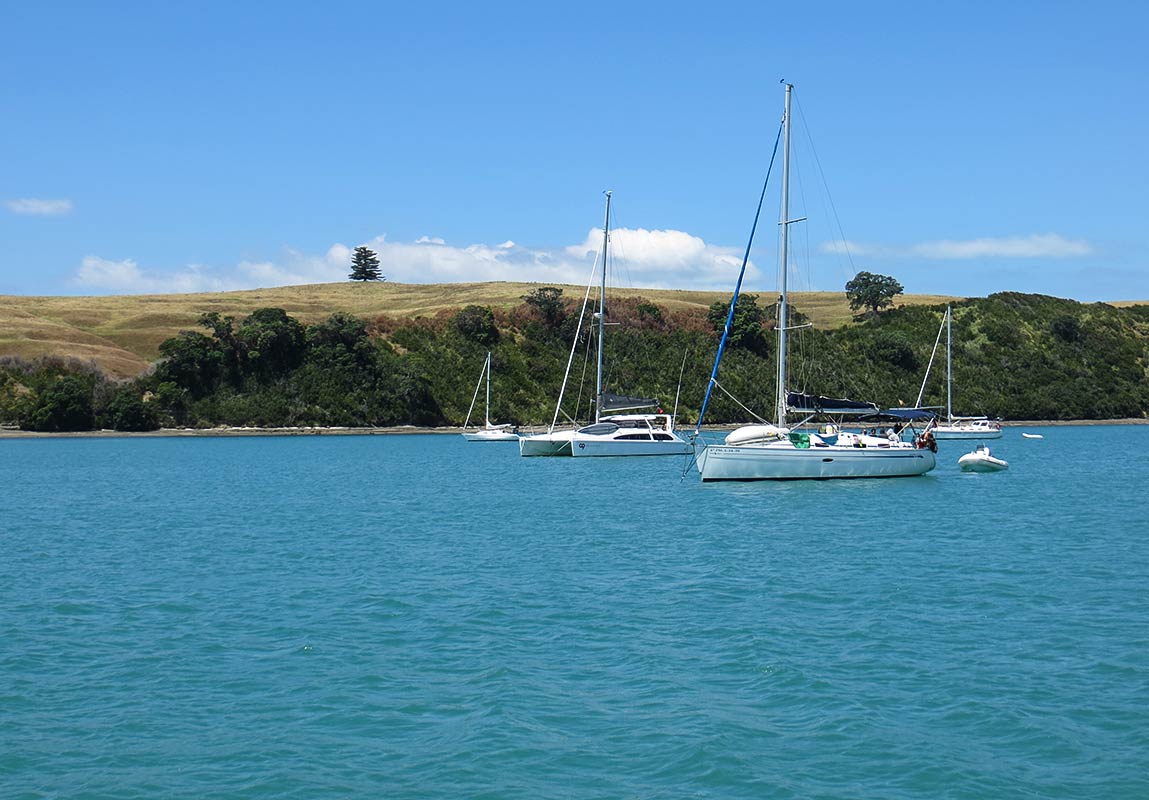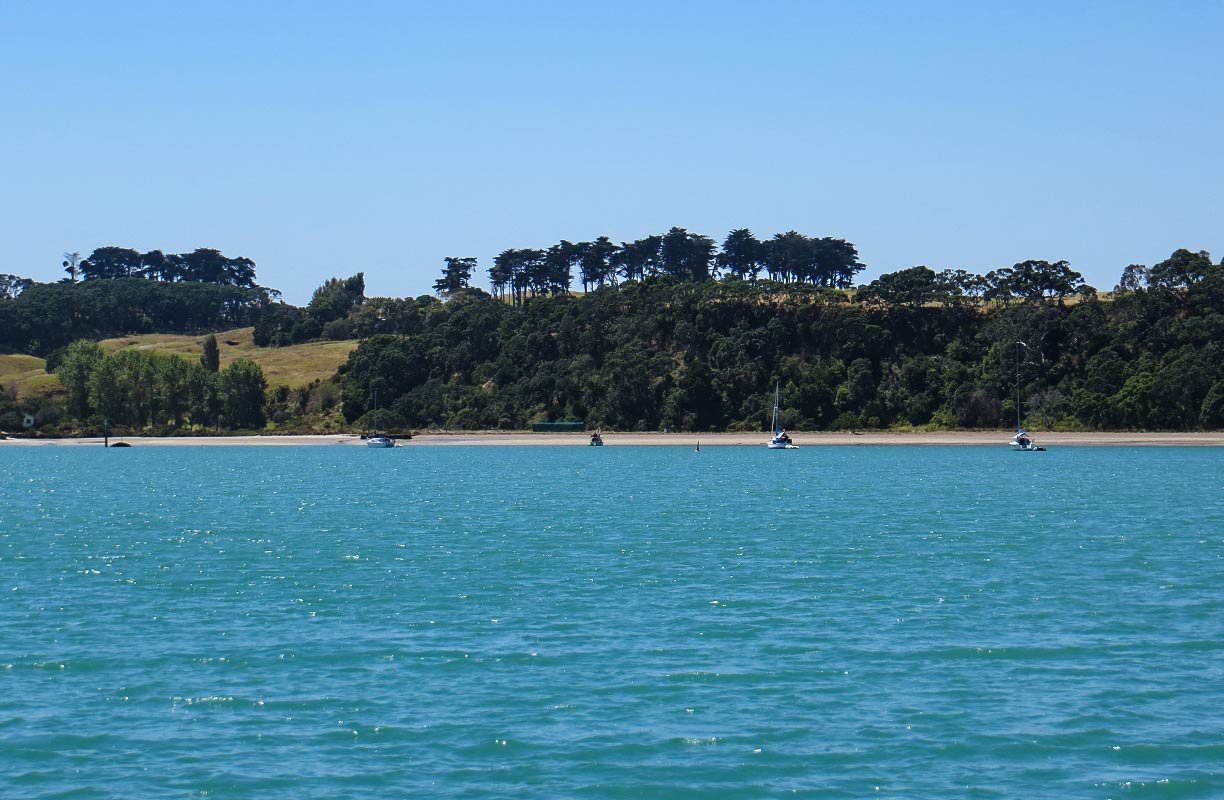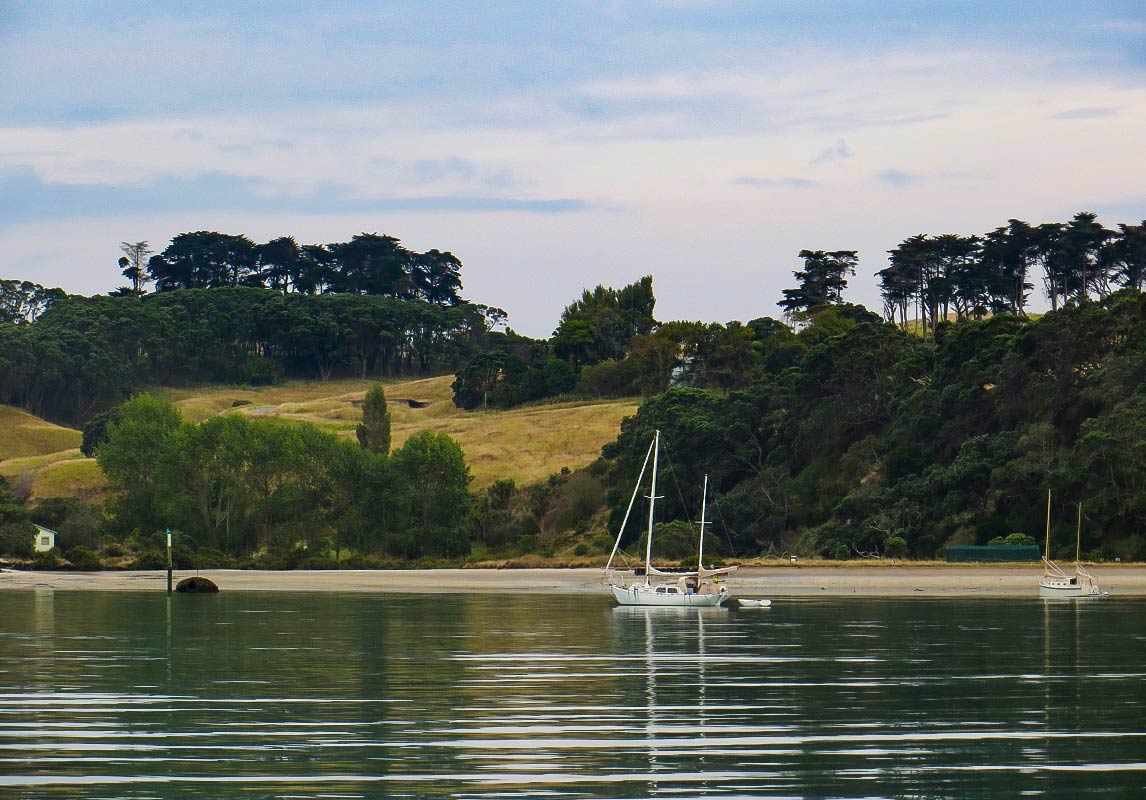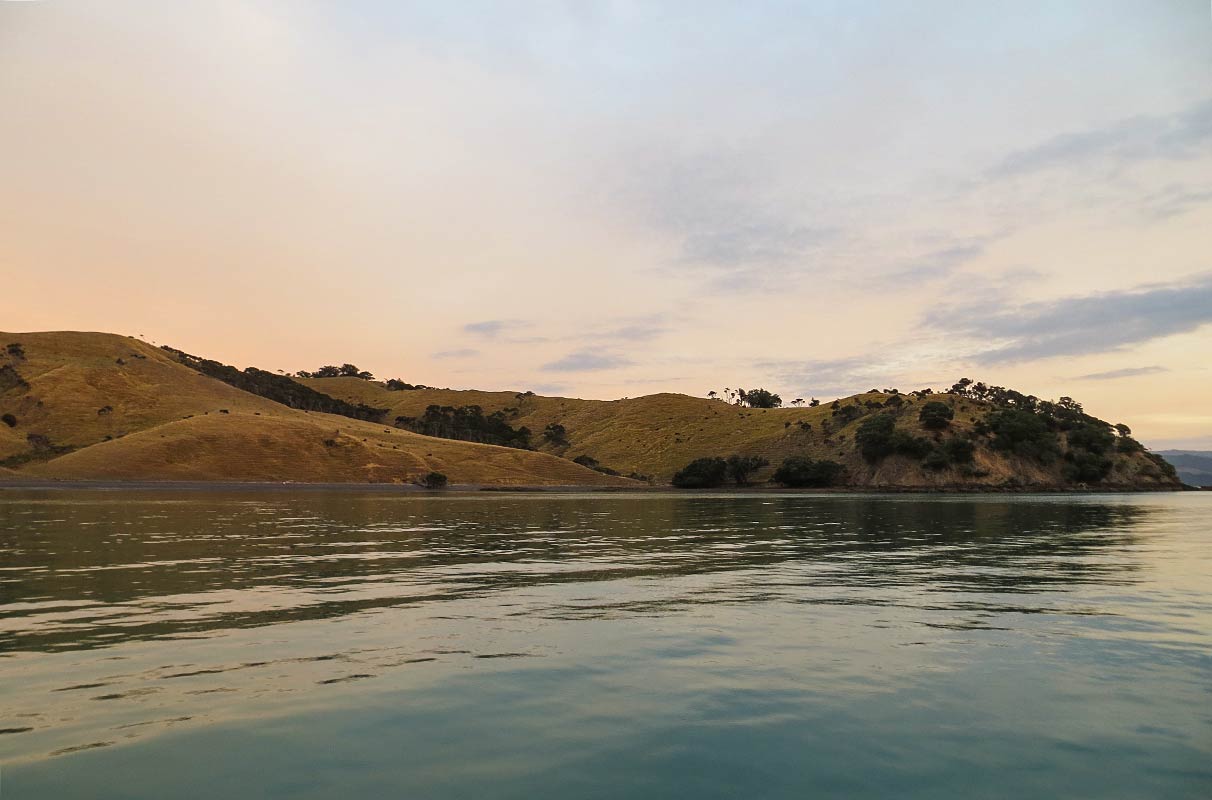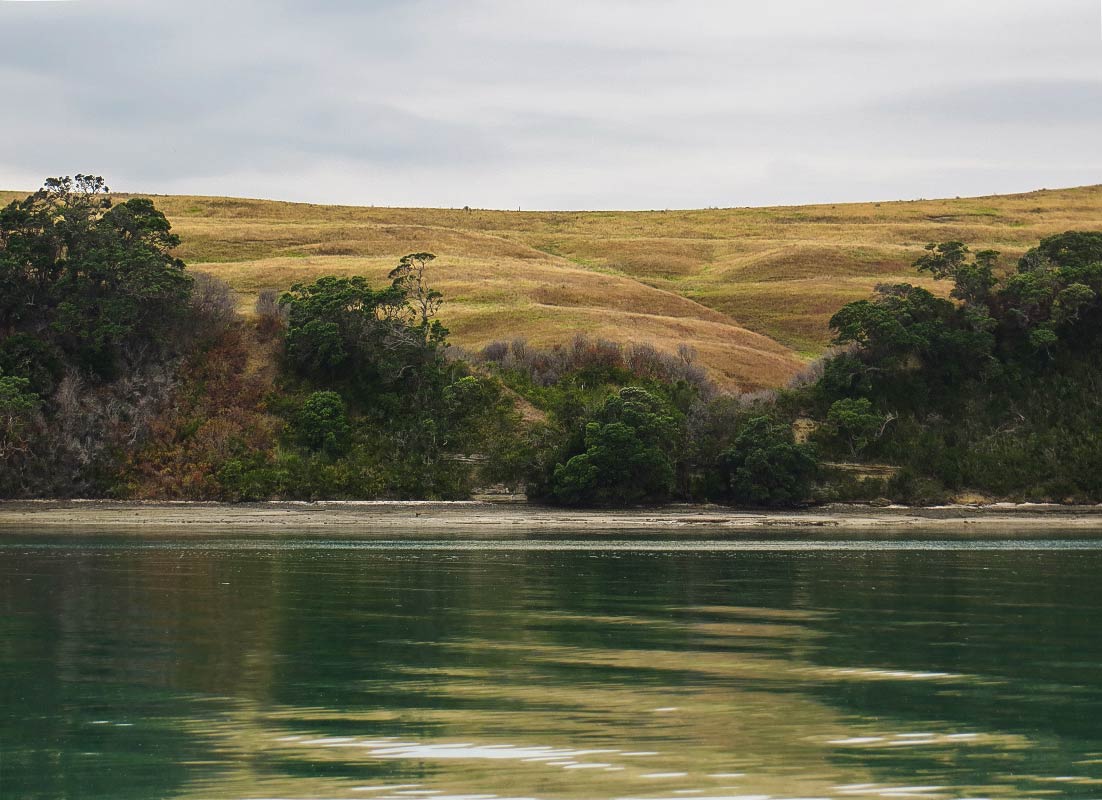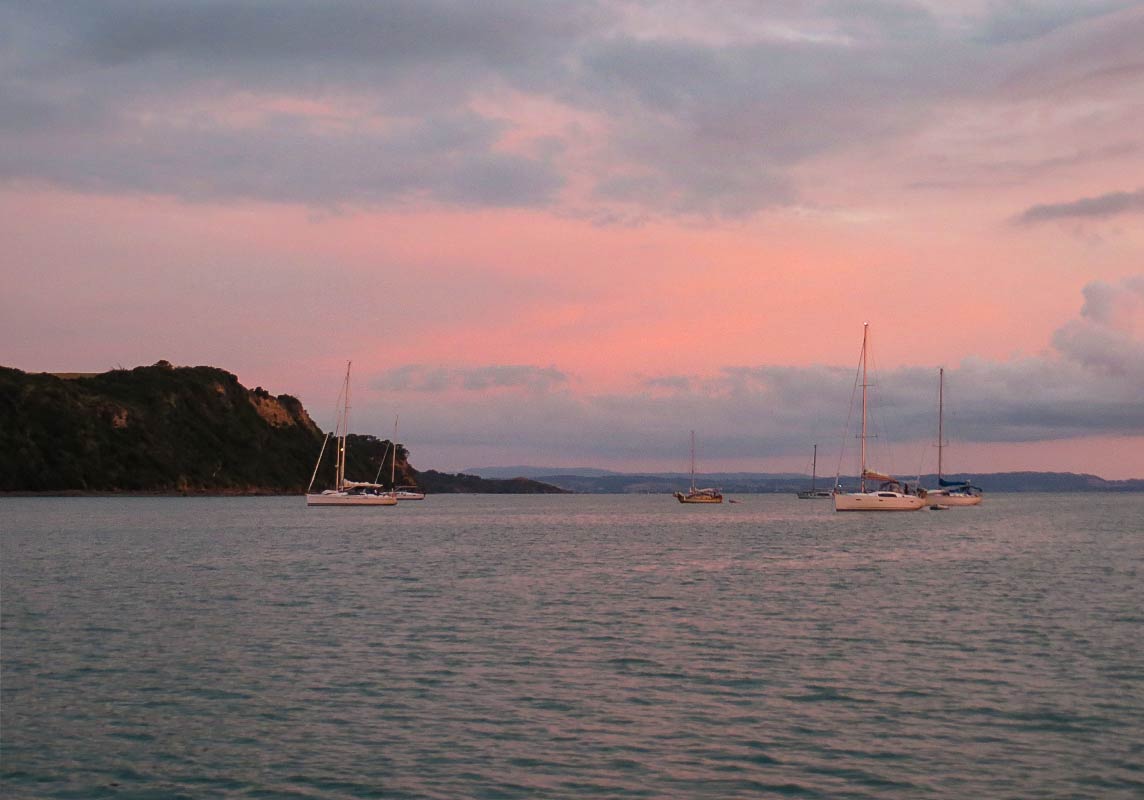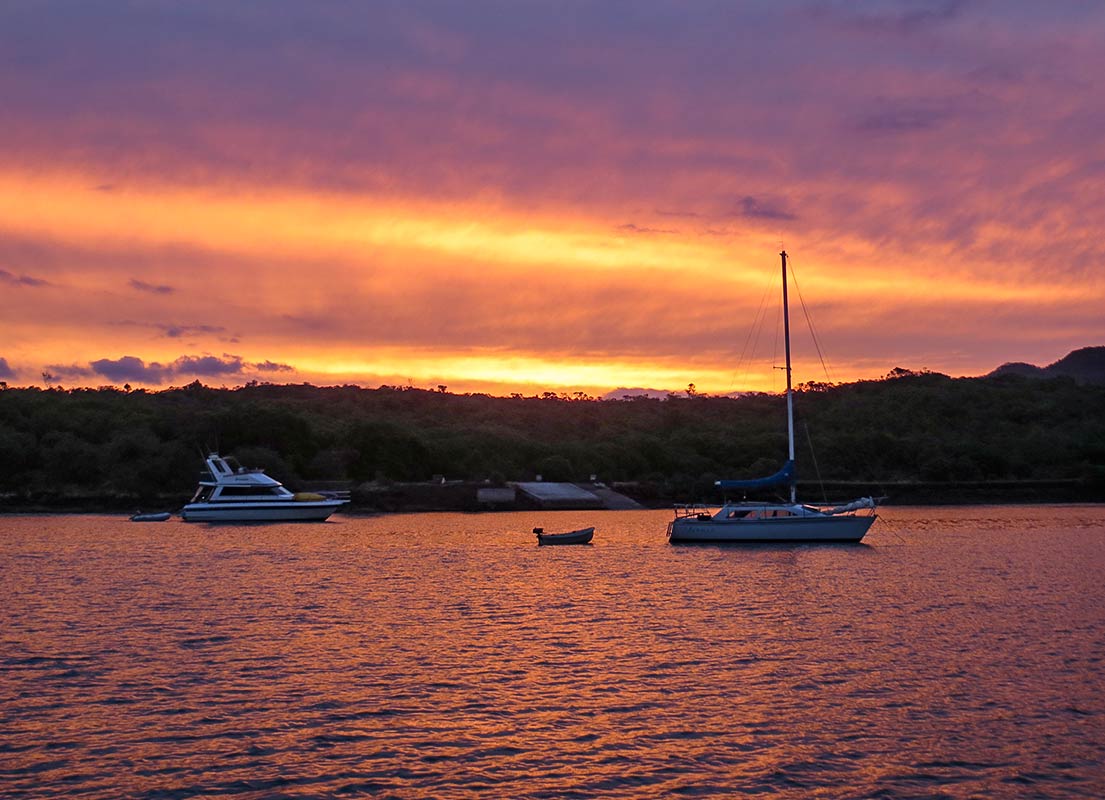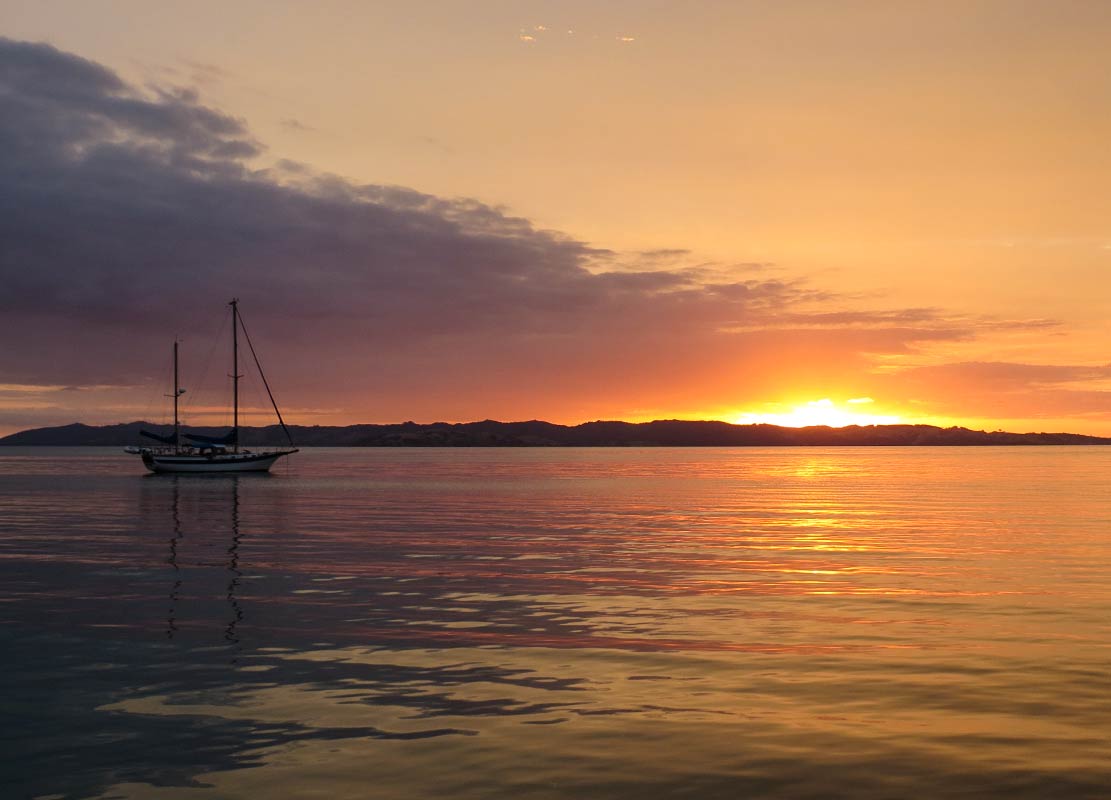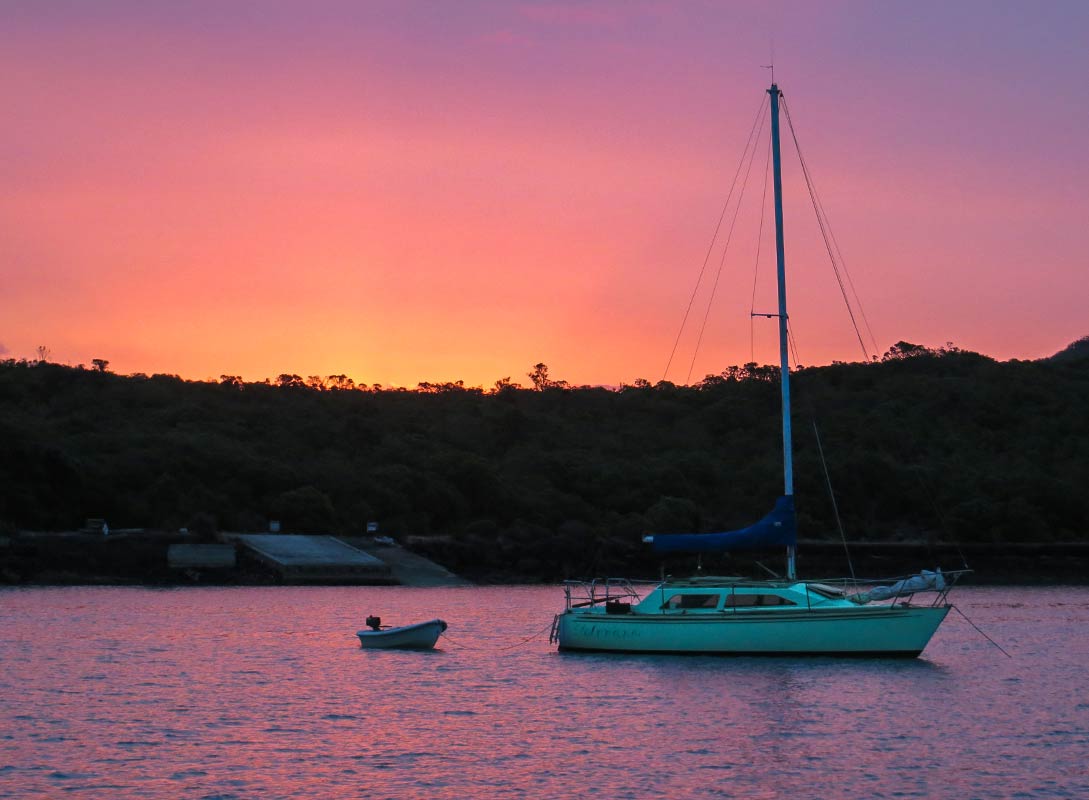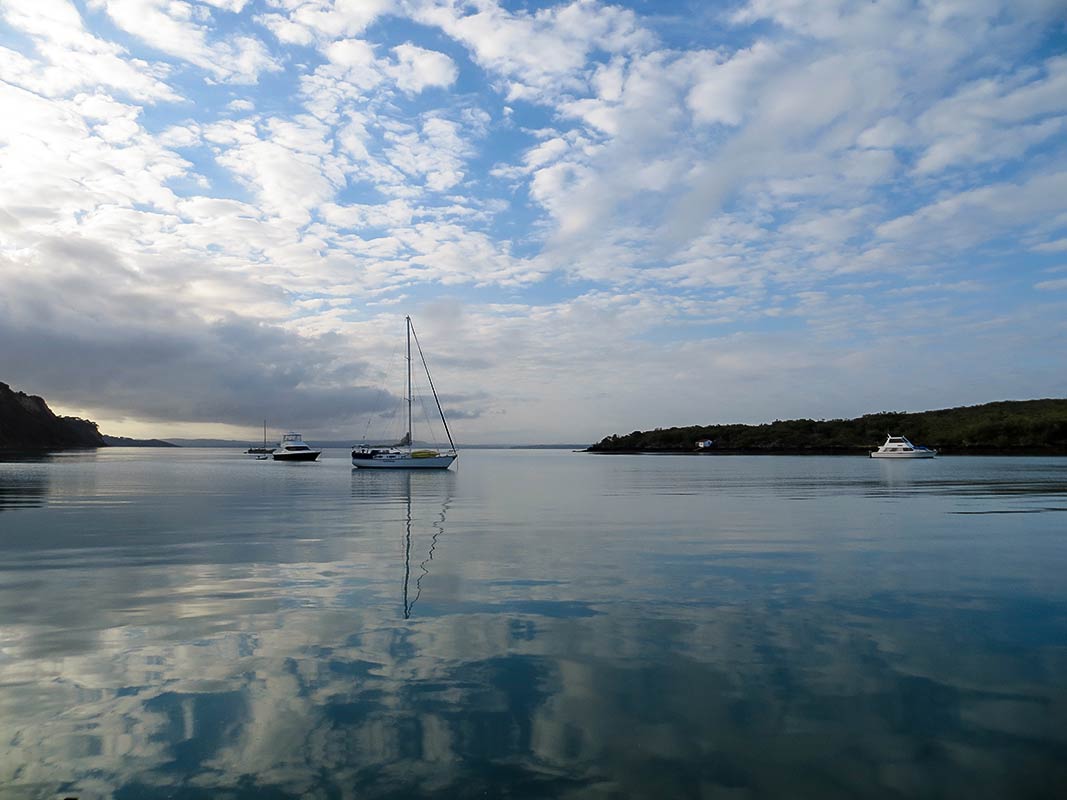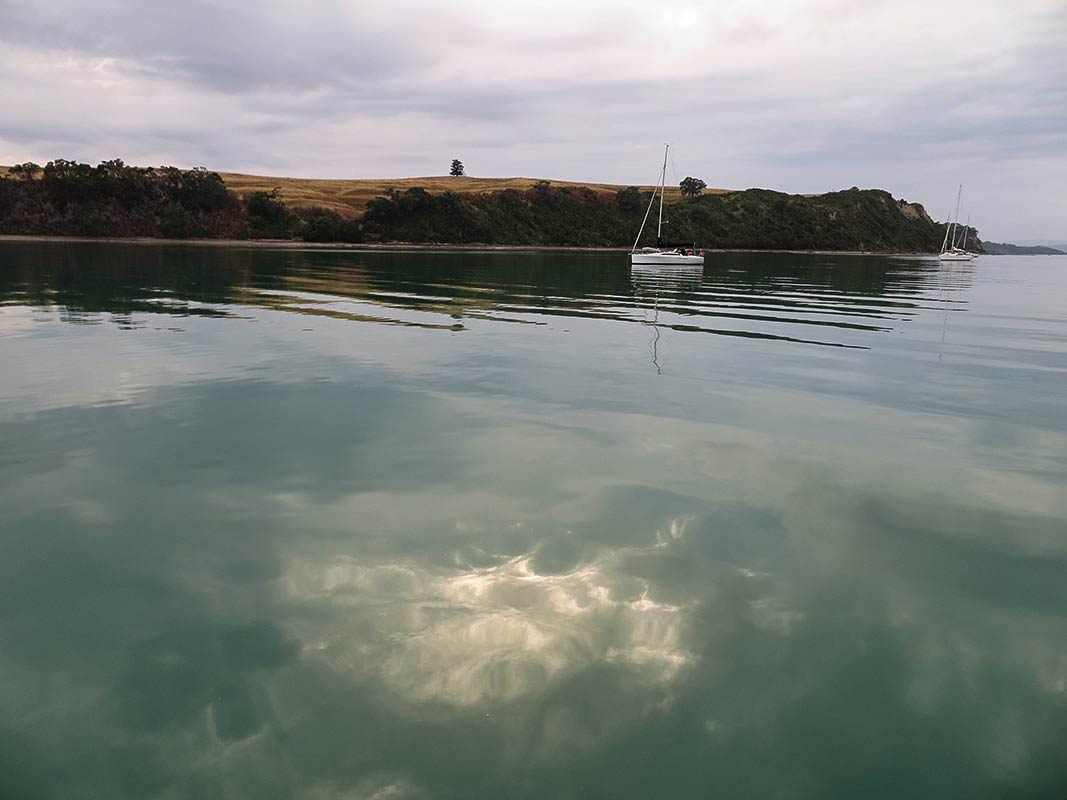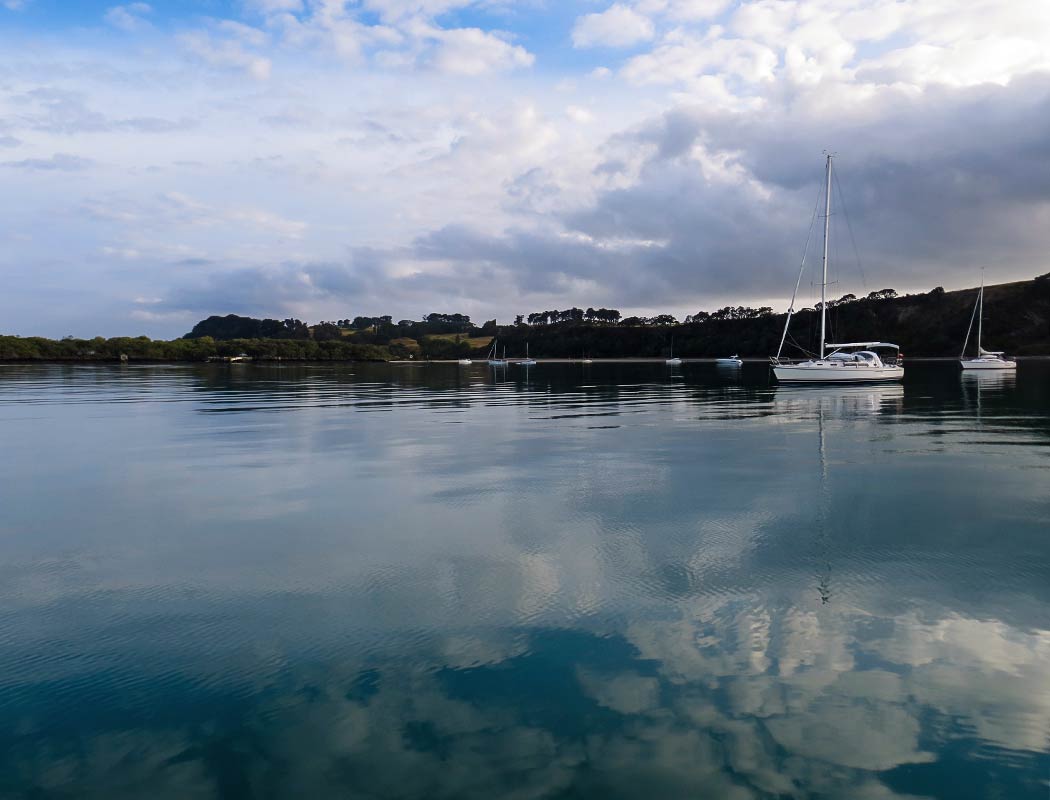February 3, 2014
The distinctly volcano-shaped Rangitoto Island is one of Auckland’s iconic features. Sitting just offshore in the Hauraki Gulf, it lurks in the background of many a vacation photo. It’s the sort of thing a person gets used to only to suddenly notice it anew and think, “Wow, look at that volcano right there!” Of course it’s actually more of an ex-volcano in that it’s dormant and pretty-much-almost-for-sure-never going to erupt again. Knock on wood.
While Rangitoto is the standout from the Auckland viewpoint, it’s actually attached to an island nearly as large, Motutapu, by narrow land bridge, an artificial causeway. Although these islands are joined, they are vastly different in age and character (sort of like the Felix Unger and Oscar Madison of islands—vastly different but living together). Rangitoto is comparatively young while Motutapu is much older. This means Rangitoto is still volcanic and has a distinct cone, bushy green growth, and some forest near the top. Motutapu is much more worn, its rounded hills covered with golden grass and batches of trees. You can see what I mean in the satellite map below, with Rangitoto being the green island on the left.
And below a close-up view of the landscape of Rangitoto alongside a view of the landscape of Motutapu.
Our day’s destination was a narrow, deep bay called Islington Bay, which sits between Rangitoto and Motutapu Islands. If we got tired of looking at the green volcanic island, we could simply turn the other way and enjoy the bucolic golden hills of Motutapu. Below, a map of Islington Bay.
The day was lovely with a light breeze, but we took care to depart before Bayswater’s almost-daily afternoon winds picked up. We’d done some early grocery shopping and bought bread at a French bakery before parking our car where it could sit for some weeks, awaiting our return to retrieve it. We said good-bye to the nice people at the marina before motoring down the channel past Auckland and out into the Hauraki Gulf. From here, it was only five miles to the entrance to Islington Bay.
After a pleasant motor sail, we rounded the corner and headed into this very unusual bay. It wasn’t particularly beautiful, but it was interesting and unique. The land on the Rangitoto side seemed quite low in spite of the peak in the middle, while Motutapu wasn’t particularly tall, either. There were a few boats already here, but there looked to be plenty of room.
We motored in, found a good spot, and dropped our anchor. So far so good, but then something weird happened. When Rich backed to set the anchor, it seemed to hang down nicely, but we kept backing and backing. I was pretty confused, not understanding what was going on. Surely if we were dragging, the anchor would at least have some pull? It seems not so much–when the bottom is very silty, the anchor can glide easily through it. I’d read the bottom of this bay could be problematic, and now we were getting a demonstration—the anchor wasn’t even thinking about holding!
We motored further in and tried again, very relieved when this time the anchor caught and held. This anchorage had seemed roomy enough, but if a portion of its bottom was untenable, it might be much smaller than it looked. If we’d done two more tries with no luck, we’d end up having to go elsewhere. But luck was with us and our anchor held, so we could turn off the engine, open the hatches, and settle in to enjoy the afternoon. The sky became overcast and a little hazy; so we decided save our trip ashore for tomorrow.
We sat in the cockpit with a glass of wine and marveled at the differences between the two islands. Below, some photos (taken at various times of day) of the Rangitoto side. You can see it’s fairly low, darkly colored and covered with thick bush. To us, it reminded us a bit of mangrove areas in the tropics. There were no mangroves in that particular area, but it was similar in its look and feeling.
And on the other side the golden grassy hills of Motutapu, really quite pretty in a low-key way.
For an early dinner, we enjoyed some cheese and bread from the French bakery. When the sun set behind the hill around 7:30, we headed back to the cockpit to have some celebratory “we finally got out again” champagne.
It felt so good to sit outside on a warm evening, watching a lovely sunset, and mentally transitioning from city life to life at sea. Between the provisioning, errands, last-minute boat projects, refueling, etc., it’s always somewhat of an ordeal to get ready to cruise again, but once we get past that, it feels so nice to be at sea again. It was with reluctance that we finally headed below.
The next morning it felt great to wake up and go immediately outside for our morning coffee. The sky was overcast, but it was warm and still, the clouds beautifully reflecting in the glassy water around us.
Today we planned to hike to the top of Rangitoto, and tomorrow we’d take a hike on Motutapu. We knew these would be two very different hikes, but they both looked appealing.–Cyndi

